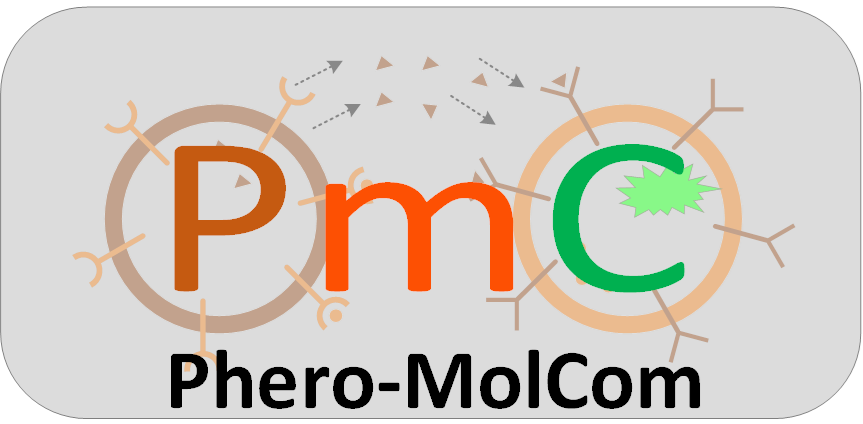Molecular Communication (MC) harnesses the potential of biological processes to facilitate information exchange between biological entities at the molecular level. In the last few years, extensive research activity has been reported pertinent to the field. Molecular Communication is expected to be part of 6G systems with standardization efforts leading to the IEEE P1906.1 standard sponsored by the IEEE Communications Society. Despite the many theoretical contributions in the area, the experimental validation of the proposed concepts using practical testbeds has so far been limited, especially at the microscale level.
The main objective of this proposal is to address this gap in the field and develop a new testbed for molecular communications which unlike previous works employs a yeast pheromone based inter-species communication system, enabled by controlled cell to cell communication. Although prokaryotic systems (bacteria) have been extensively used, eukaryotic organisms, such as yeast, which provide more complexity in cell-to-cell communications have not been widely employed. Therefore, this proposal will establish a novel testbed system which will also offer a framework for expanding and exploring additional molecular communications due to the genetic amenability and wealth of existing fundamental knowledge on this model organism.

Figure 1: Schematic of the yeast pheromone sender-receiver communication system.
Yeast cells of the opposite mating type (MATa or MATa) sense each other’s secreted pheromone to induce a response pathway that will lead to mating and the generation of a fused diploid cell. In our experimental set-up we will use MATa as ‘receiver’ cells bearing a reporter gene (pFIG1::eGFP) that will express Green Fluorescent Protein (GFP) upon activation of their receptor by a-factor pheromone (right cell in the schematic). The intensity of the green fluorescent signal will be detected and used as readout of the molecular communication. The a-factor pheromone could be provided either exogenously from a synthetic source or secreted from MATa cells that will be assigned as ‘sender’ cells (left cell in the schematic). Furthermore, ‘sender’ MATa cells will be engineered so that they will produce and secrete a-factor pheromone only when exposed to galactose (pGAL1::MFalpha1) as an external trigger.

